In today’s cannabis industry, ensuring the quality and safety of products is paramount. One tool that plays a crucial role in achieving this is the Certificate of Analysis (COA). This document provides valuable information about a product’s composition and attributes, obtained through rigorous scientific testing conducted by accredited laboratories. COAs are widely used in various industries, including pharmaceuticals, food, and cannabis, to ensure product integrity and consumer safety.
What is a COA?
A Certificate of Analysis (COA) is an official document that discloses the identity and characteristics of a product, based on scientific testing performed by an accredited laboratory. In the cannabis industry, COAs provide insights into factors such as cannabinoids, terpenes, moisture content, pesticides, heavy metals, residual solvents, microbes, and mycotoxins. By analyzing these parameters, COAs help assess the quality and safety of cannabis products.
The Benefits of COAs
- Assurance of Product Quality: COAs offer vendors and consumers the assurance that the products they are purchasing meet high-quality standards. Without a COA, there is a risk of inaccurate cannabinoid concentration listings, leading to inconsistent effects or exceeding the federally allowed limit of 0.3% D9-THC. Testing products ensures they contain the advertised content, promoting transparency and reliability in the market.
- Insight into Terpene Content: COAs can provide information about the terpenoid content in products. Terpenes contribute to the taste, smell, and effects of cannabis. Knowing the terpene profile allows consumers to choose products that align with their desired sensory experience and potential therapeutic effects.
- Avoidance of Health Risks: COAs help identify potential health risks associated with pesticides, heavy metals, and residual solvents. These contaminants can have adverse effects on human health. Purchasing tested products ensures safety and minimizes exposure to harmful substances.
Understanding COA Terminology
Reading a COA may initially seem complex, but understanding key terminology can facilitate comprehension. Here are some terms commonly found in COAs:
- Limit of Detection (LOD): The lowest value that can be accurately detected using the laboratory’s analytical procedure. It indicates the lowest possible level at which a substance can be identified.
- Limit of Quantitation (LOQ): The lowest value that can be detected and measured with certainty. It represents the minimum concentration of a substance that can be quantified accurately.
It’s important to note that LOD and LOQ values depend on the laboratory’s specific analytical procedure and should not be mistaken as representative percentages. For accurate measurements, refer to the concentration of mass, typically expressed in milligrams per gram (mg/g).
Certain factors, like heavy metals, may have an acceptable concentration range. Raw plant products can absorb heavy metals from the soil, while processing machinery contamination can occur. COAs mark products within acceptable limits as “pass.” Other designations include ND (not detectable), NT (not tested), or NR (not run).
Ensuring the Reliability of a COA
To establish trust in a COA, consider the following factors:
- Accreditation and Standards: In the United States, testing laboratories must adhere to specific standards mandated by state and federal laws. ISO 17025 is one of the most common standards worldwide established by the International Organization for Standardization (ISO). Although labs are not certified by ISO directly, they are accredited by third-party organizations like the International Accreditation Service or the American Association for Laboratory Accreditation. This accreditation ensures that the analysis procedures used to generate COAs are scientifically valid and reliable.
Verifying COA Authenticity:
To ensure the authenticity and accuracy of a COA, consider the following steps:
- Contact the Laboratory: Reach out to the laboratory whose information is listed on the COA. Engaging with the lab directly allows you to verify the legitimacy of the document and obtain additional information about the testing methods used.
- Check for Date Relevance: COAs are specific to individual product batches. Ensure that the COA corresponds to the product you are interested in and that it is up to date. Using an outdated COA may not accurately reflect the current composition of a product.
- Third-Party Verification: Some companies take an extra step to provide transparency and build trust by obtaining third-party verification for their COAs. Third-party verification adds an additional layer of credibility and reassurance.
In summary, Certificates of Analysis (COAs) play a crucial role in the cannabis industry by ensuring product quality, safety, and transparency. These documents provide valuable information about a product’s composition, including cannabinoids, terpenes, contaminants, and more. By understanding how to read and interpret a COA, consumers can make informed decisions, choosing products that meet their desired standards. Remember to verify the authenticity of a COA by contacting the laboratory and ensuring it is up to date. Embracing COAs as a standard practice in the cannabis industry promotes consumer confidence and contributes to a thriving and responsible marketplace.
